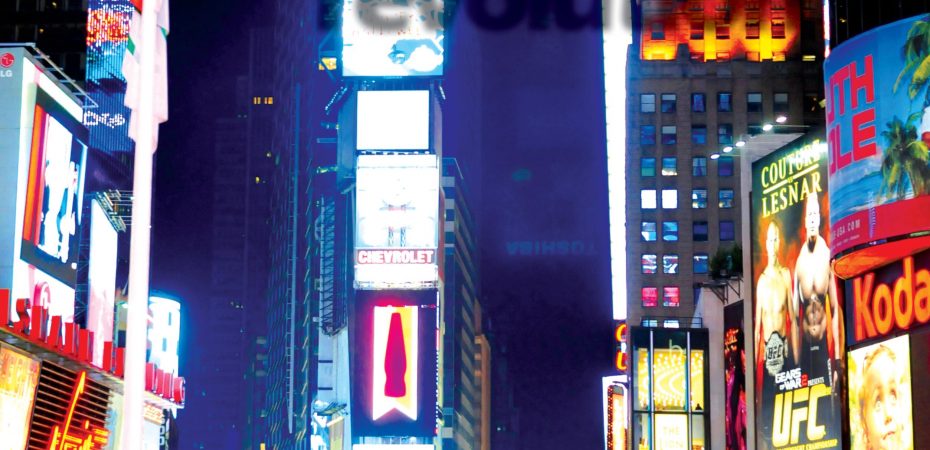The leaders of the American Revolution are often referred to as the Founding Fathers of the United States, but several of them might also be called The Fermenting Fathers. And like the nation itself, the current story of brewing in America is one of independence, wild highs and lows, and of course, revolution.
A BRIEF HISTORY
Although it’s comparatively a young nation, the US has a fairly rich brewing history, beginning with its first president George Washington. Washington, Thomas Jefferson and James Madison were all brewers to one degree or another, Washington was such an advocate for beer that he demanded his troops still receive their ration of a quart of porter, even when the Continental Congress tried to cut them off due to the war’s cost. For his part, Madison proposed a national brewery for the fledgling country and even wanted establish a governmental position of Secretary of Beer.
Yet while these early proponents of brewing led to a flourishing beer culture that reached its peak in 1873, when more than 4,000 breweries dotted the still emerging country, there have plenty of times when America’s beer glass seemed half empty, not half full. This draught drought reached a nadir in 1919 when the US Congress passed an amendment to the Constitution commonly called Prohibition. The law effectively shut down the creation and sales of all alcoholic beverages, including beer.
This meant, of course, that anyone in the brewing business had to find other means of making money, and while the larger brewers switched making other products such as malt syrup and malted milk, most of the smaller operations were forced to shut down, never to recover. It took 14 years to reverse this tragic mistake in legislation, far too late for most brewers to get back in the game. While there were more than 1,500 breweries right before Prohibition, there were fewer than 500 a decade after its repeal – a number that would shrink further in years to come
So from the 1930s through to the 1970s, the beer trade was dominated by Anheuser Busch, Miller and Pabst, as well as a few larger regional companies such as Coors, Schlitz and Schaefer and Ballantine. But even some of these second-tier breweries found it hard to survive and by the late 1970s, many had shut down.
Bud, the “King of Beers” was truly king of American brewing, with Miller a close second. Coors, a smaller brewery in Colorado, found its niche with the counter culture – this despite the fact that the Coors family was staunchly conservative politically. By the end of the 1970s, there were fewer than 50 breweries in the entire nation – less than one per state. And business analysts forecast that soon that number would fall to 10 or fewer.
Article continues in Issue 23 of Beers of the World Magazine

